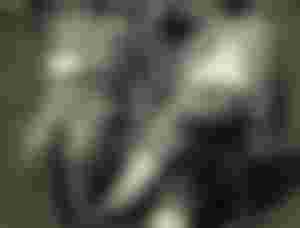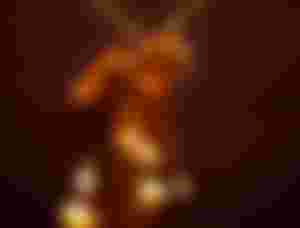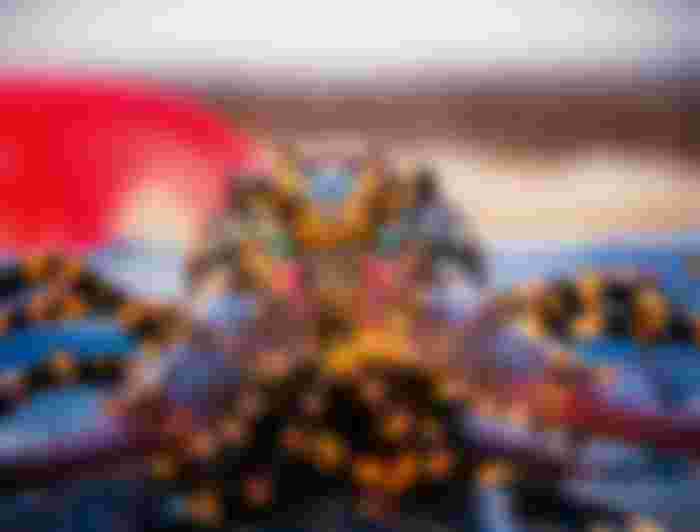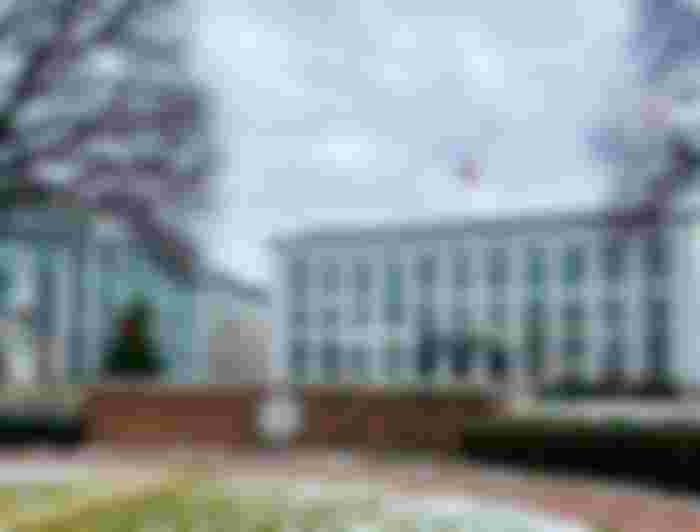2
29
MUHAMMAD ATAUL GANI OSMANI, who is General M. A. G. Also known as Osmani (1 September 1917 - 18 February 1974), he was the Commander-in-Chief of the Liberation Army and the Army during the War of Liberation of Bangladesh.

Osmani was born on September 1, 1918 in Sunamganj. His ancestral home is in Dayamir of Balaganj police station (now Osmani Nagar upazila) of Sylhet district. His father was Khan Bahadur Mofizur Rahman and his mother was Jobeda Khatun. Osmani is the youngest of two sons and one daughter of Khan Bahadur Mofizur Rahman. On the eve of Osmani's birth in 1917, Khan Bahadur Mofizur Rahman was posted as a sub-divisional officer in the then Sunamganj Sadar subdivision of Assam. They lived in Sunamganj Sadar. Osmani was born here.

Due to his father's job, he spent his childhood and adolescence in different places. So after a few days he had to leave Sunamganj for Gohati with a transfer order And that's where Osmani's primary education began In 1923 he was admitted to the Cottons School of Assam The fact that he was very attentive in his studies proves that he was first in every examination of the school In 1932, Osmani was admitted to Sylhet Government Pilot High School At that time this school in Sylhet was under Calcutta University He passed matriculation from Sylhet Government High School in 1934 with great achievement He was ranked first in the whole of British India For this extraordinary achievement, the British government M. A. G. Osmani was honored by the Priyotoria Prize. He graduated from Aligarh Muslim University in 1936.

After finishing university, Osmani joined the then army In 1939 he joined the Royal Armed Forces as a cadet. After training at the British-Indian Military Academy in Dehradun, he joined the British Army in 1940 as a commissioned officer. World War II was going on at that time. He served in the Burma (Myanmar) sector as a battalion commander in the British Army. In 1942 he was promoted to the rank of Major. Osmani was the youngest major in the British Empire in 1942. [5] At the end of World War II in 1945, Osmani rose to prominence in the British Army with a long course examination. He was also nominated for the Indian Political Service that year But he remained in the military. [5] After partition, Osmani joined the Pakistan Army on 7 October 1947. At that time his rank was that of Lieutenant Colonel. In 1949 he became Deputy Chief of General Staff. In 1951 he was appointed Commander of the 1st Battalion of the East Bengal Regiment. After that he established Chittagong cantonment Until 1955, he was successfully in charge of several other regional stations in East Bengal. [5] Etc. In 1956, he was promoted to the rank of Colonel and became the Deputy Director of General Staff and Military Operations at the Army Headquarters. He fought for Pakistan in the 1965 Pak-India war As "Deputy Director of Military Operations", he communicated with various warring military headquarters. At the end of the Pak-India war, he was over eighty years old He retired from the Pakistan Army in May 1968 and retired the following year (February 17, 1968).

He joined the Awami League in 1970. As an Awami League candidate, he was elected a member of the Pakistan National Assembly from Fenchuganj-Balaganj-Bishwanath constituency in the 1970 elections.
When the war of liberation started, Osmani crossed the border and entered India. On April 11, 1971, Prime Minister Tajuddin Ahmed addressed the Swadhin Bangla Betar Kendra. In that speech, he mentioned the formation of the infrastructure of the Bangladesh Army and declared MAG Osmani as the Commander-in-Chief of the Liberation Army. [5] [8] ] On 17 April 1971, the Mujibnagar government was formed and Osmani was made the Commander-in-Chief of the Mukti Bahini.

According to Osmani's instructions, the whole of Bangladesh was divided into 11 sectors. One army officer was appointed as the sector commander of each sector. Osmani successfully coordinated various sectors and forces, liaised with the political leadership, ensured the supply of weapons, and provided training to the guerrilla forces. From April 12 to M. A. G. Osmani assumed the responsibility of conducting the war as the Commander-in-Chief of the Bangladesh Army with the rank of Minister. As a tactical strategy, he first divided the whole of Bangladesh into 11 sectors considering the geographical location and wisely controlled the sectors. The Pakistani army was efficient and outnumbered With this in mind, Osmani's tactics were first to keep the enemy in their camps and isolate them from all means of communication. That's why M. A. G. Osmani conducted the war in a regular manner till May After May, he felt that it would not be possible to destroy the enemy even if the enemy was trapped in the camp with far fewer troops than necessary. He informed the government about this and brought strategic change in the war The former EPR formed a mass or guerrilla force with Bengali members, Ansar, Mojahed, police force and youth.







Amazing article by you my friend